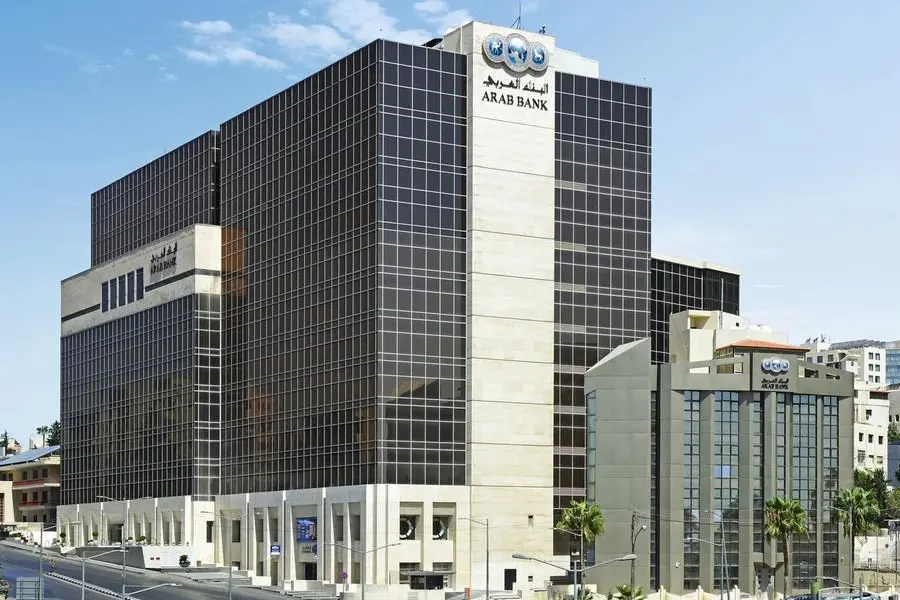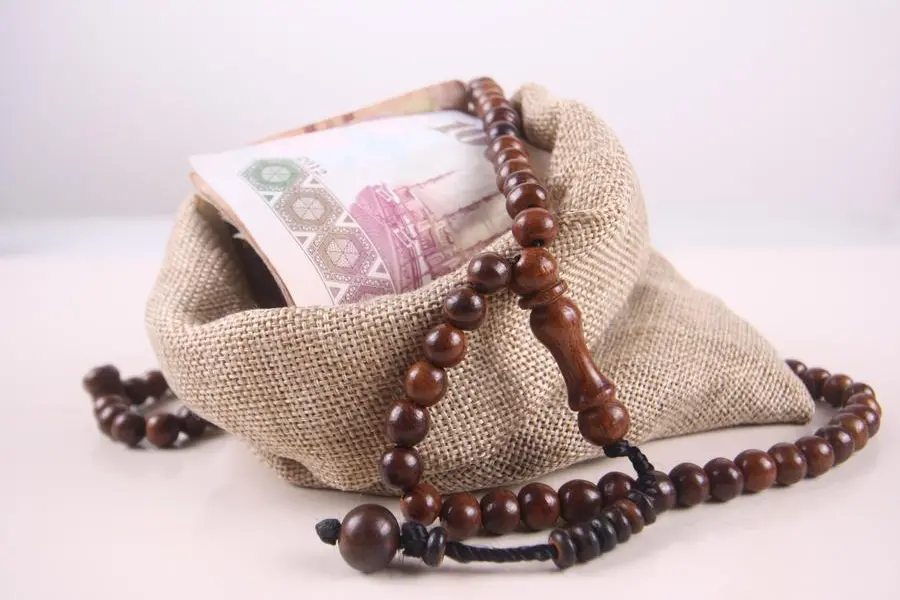A surge of capital sukuk is sweeping through the Gulf debt markets, creating a new wave of financial momentum as GCC banks tap into Islamic finance to unlock liquidity, reduce funding costs, and strengthen their balance sheets. This wave isn’t just a financial maneuver—it’s a strategic reorientation driven by the need to refinance upcoming maturities, diversify away from traditional funding sources, and embrace more sustainable, globally attractive models.
As banks across Saudi Arabia, the UAE, Qatar, and other Gulf countries look to align with national economic transformation plans, the appetite for capital sukuk has intensified dramatically.
Why Capital Sukuk, Why Now?
The rising preference for capital sukuk—Islamic bonds structured to comply with Shariah principles—is both timely and calculated. Several regional banks are facing a cluster of maturing obligations, creating a compelling need to refinance without crowding out liquidity or overexposing themselves to short-term risks.

Unlike conventional bonds, sukuk allow issuers to raise capital by leveraging tangible assets, making them especially attractive to institutions that want to avoid excessive debt on their books. Additionally, these instruments offer longer-term maturity profiles and access to a broader investor base, especially from Asia and Europe where Islamic finance demand is accelerating.
Moreover, capital sukuk are being increasingly used not just to raise money, but to reinforce Tier 1 and Tier 2 capital, a critical element for banks that are simultaneously trying to meet stringent international regulatory standards.
Record Issuance and Growing Investor Appetite
In 2025, sukuk issuance has reached new heights across the GCC, and capital sukuk in particular have emerged as a cornerstone of that growth. Several landmark issuances have been met with overwhelming demand, often oversubscribed by regional and international investors alike.
What’s fueling this appetite? Stability, transparency, and a belief in the long-term story of the GCC. As global interest rates begin to stabilize, investors are keen on exposure to high-yielding, investment-grade securities that are backed by economic reforms, massive infrastructure spending, and the rise of new industrial sectors across the Gulf.
Whether it’s for sovereign issuance or bank refinancing, sukuk now represent a sizeable and growing chunk of the overall debt capital market in the region.
Refinancing Maturities: Managing Risk with Precision
A number of GCC banks issued traditional debt five to ten years ago that is now coming due. Rather than roll over that debt with similar instruments, banks are turning to capital sukuk to refinance these obligations with more favorable terms.
This strategic move does more than just manage liabilities—it helps banks reposition their funding mix toward more stable, long-term capital. Given current market dynamics, sukuk allow issuers to sidestep volatility associated with short-term interbank borrowing and rapidly shifting deposit bases.
As a result, many regional institutions are not just replacing maturing debt—they’re optimizing their entire funding frameworks to be more sustainable and less cyclical.
Funding National Agendas and Vision Projects

Behind this surge in sukuk is a deeper ambition: the transformation of Gulf economies. Projects like Saudi Arabia’s NEOM, the UAE’s Net Zero 2050 roadmap, and Qatar’s post-World Cup infrastructure expansion require trillions of dollars in capital.
Banks are under pressure—not only to provide liquidity for these projects but to do so in ways that align with environmental, social, and governance (ESG) goals and Shariah compliance. Capital sukuk, especially those linked to green or ESG metrics, offer an elegant solution.
Several recent issuances have been tied directly to sustainability-linked KPIs or earmarked for climate-resilient infrastructure, demonstrating that sukuk are evolving far beyond traditional religious or regional instruments—they are now global financial tools with impact-oriented designs.
Diversifying the Investor Base
One of the most important developments in this trend is the broadening of the investor base. Historically, GCC debt was largely absorbed by local or regional buyers. But with the sophistication of sukuk structures and a steady push toward international best practices, a new class of investors is entering the scene.
From Southeast Asian sovereign wealth funds to European ESG-oriented institutions, the demand for capital sukuk is expanding dramatically. Issuers are benefitting not only from oversubscription but from geographic and sectoral diversification that helps de-risk their funding profiles even further.
This growing confidence is enabling longer tenures, tighter pricing, and repeat issuances—signs of a market reaching a new level of maturity.
Capital Optimization: Strengthening Core Ratios
Another driving force behind the surge in sukuk is regulatory optimization. Capital sukuk often qualify as Tier 1 or Tier 2 capital under Basel III regulations, which means they can be used to bolster banks’ core capital ratios without diluting shareholder equity or issuing new shares.
This has become especially crucial as regional regulators implement more rigorous stress testing and capital adequacy frameworks. Banks that issue capital sukuk are not just refinancing or funding—they’re strengthening their resilience in preparation for potential future shocks.
With inflationary pressures, geopolitical risks, and global growth slowing, this proactive approach is seen as prudent, strategic, and aligned with global financial stability goals.
Innovation in Sukuk Structures
Issuers are not sticking with traditional formats. Hybrid structures, perpetual sukuk, and ESG-linked sukuk are growing rapidly in popularity. These instruments combine the benefits of capital strength, ethical compliance, and investor flexibility in ways that were rarely seen in previous cycles.
Additionally, some banks are experimenting with blockchain-enabled sukuk issuance, which could revolutionize settlement timelines, reduce transaction costs, and improve traceability. While still in the early stages, these innovations signal a market that is not just growing, but evolving rapidly.
Challenges on the Horizon

Despite the upbeat momentum, challenges remain. Standardization across sukuk structures continues to be a sticking point, particularly as more cross-border investors participate. Legal interpretations of asset ownership, default provisions, and recovery frameworks vary widely across jurisdictions.
Proposed changes to Islamic accounting and asset-backed principles could introduce additional complexity and even slow down some issuance pipelines temporarily. However, most issuers are adapting quickly, with legal and financial advisors taking a more proactive role in ensuring full compliance and clarity.
Liquidity in the secondary market also remains a challenge, though it is improving. As the number of high-profile issuers grows and the investor base becomes more diversified, trading volumes are expected to increase steadily.
Looking Forward: A Golden Era for GCC Sukuk?
With economic diversification programs in full swing, a favorable interest rate environment, and soaring demand for ethical, Shariah-compliant instruments, the stars seem aligned for a golden era in GCC sukuk issuance.
Banks are now reimagining their funding strategies, no longer just reacting to maturity walls or market stress, but actively building long-term sustainability into their capital plans. And sukuk—especially capital sukuk—are proving to be the ideal vehicle for this transformation.
If current trends continue, it won’t be long before GCC financial institutions become not just regional leaders, but global standard-bearers in innovative Islamic finance.
Do follow UAE Stories on Instagram
Read More: Dubai Land Department Scores World-First With Instant Sell-Out of Tokenized Real Estate













